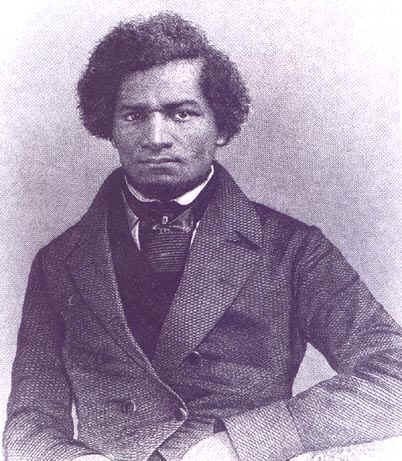
Cane was largely ignored during the Harlem Renaissance by the average white and African American reader. Langston Hughes addressed this in his essay “The Negro Artist and the Racial Mountain by saying, “O, be respectable, write about nice people, show how good we are,” say the Negroes. “Be stereotyped, don’t go too far, don’t shatter our illusions about you, don’t amuse us too seriously. We will pay you,” say the whites. Both would have told Jean Toomer not to write Cane. The colored people did not praise it. The white people did not buy it. Most of the colored people who did read Cane hate it. They are afraid of it. Although the critics gave it good reviews, the public remained indifferent. Yet (excepting the works of DuBois) Cane contains the finest prose written by a Negro in America. And like the singing of Robeson it is truly racial." Hughes suggests that Cane Harlem that whites wanted to see. failed to be popular among the masses because it did not reinforce white views of African Americans. It did not fit the model of the “Old Negro” and did not depict the lifestyle of African Americans living in
Cane was not widely read when it was published but was generally praised by both black and white critics. Montgomery Gregory, an African American, wrote in his 1923 review, “America has waited for its own counterpart of Maran—for that native son who would avoid the pitfalls of propaganda and moralizing on the one hand and the snares of a false and hollow race pride on the other hand. One whose soul mirrored the soul of his people, yet whose vision was universal. Jean Toomer…is the answer to this call.” Gregory criticized Toomer for his labored and puzzling style and for Toomer’s overuse of the folk. Gregory believed that Toomer was biased towards folk culture and resented city life.
W.E.B. DuBois reviewed Cane in 1924. He said, “Toomer does not impress me as one who knows his Georgia but he does know human beings” DuBois goes on to say that Toomer does not depict an exact likeness of humans but rather depicts them like an Impressionist painter. DuBois also wrote that Toomer’s writing is deliberately puzzling—“I cannot, for the life of me, for instance, see why Toomer could not have made the tragedy of Carma something that I could understand instead of vaguely guess at.”
In his 1939 review “The New Negro,” Sanders Redding wrote, “Cane was experimental, a potpourri of poetry and prose, in which the latter element is significant because of the influence it had on the course of Negro fiction.”
White critics who reviewed Cane in 1923 were mostly positive about the novel, praising its new portrayal of African Americans. John Armstrong wrote, “It can perhaps be safely said that the Southern negro, at least, has found an authentic lyric voice in Jean Toomer…there is nothing of the theatrical coon-strutting high-brown, none of the conventional dice-throwing, chicken-stealing nigger of musical comedy and burlesque in the pages of Cane.” He goes on to say, “the Negro has been libeled rather than depicted accurately in American fiction” because fiction typically portrays African Americans as stereotypes. Cane gave white readers a chance to see a human portrayal of blacks—“[blacks] were seldom ever presented to white eyes with any other sort of intelligence than that displayed by an idiot child with epilepsy.”
Robert Littell wrote in his 1923 review that, “Cane does not remotely resemble any of the familiar, superficial views of the South on which we have been brought up. On the contrary, Mr. Toomer’s view is unfamiliar and bafflingly subterranean, the vision of a poet far more than the account of things seen by a novelist.”













